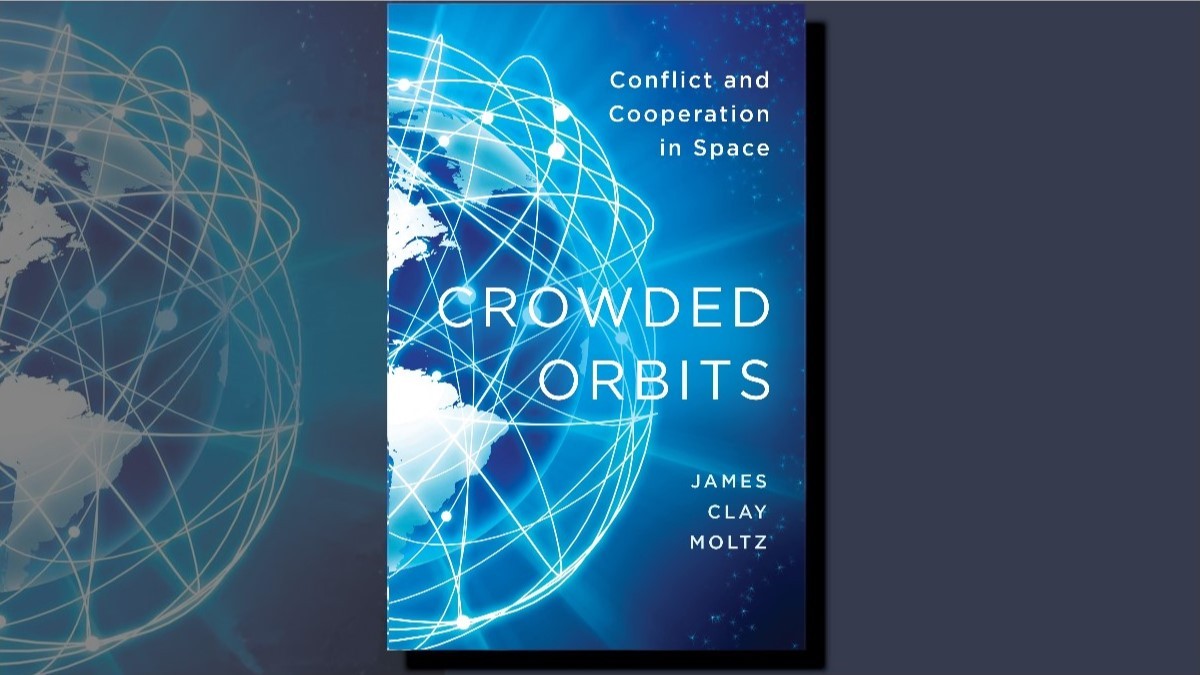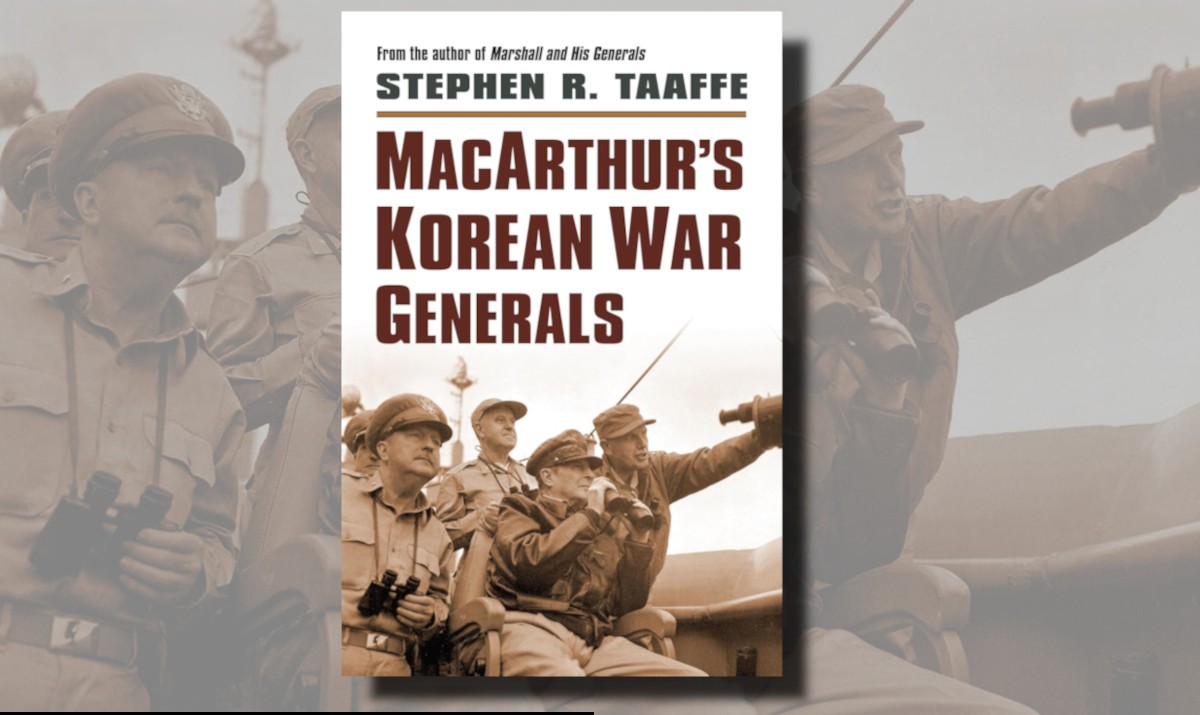Cultural Intelligence and Indigenous Engagement – Opportunities for Army
The soldiers, command-teams and senior members of 51 FNQR underwent a very different form of induction this year. Charged with turning conventional Army staff into culturally attuned trainers and facilitators, Major Josh Mickle elicited the assistance of the Wadjanbarra Tableland Yidinji Aboriginal Corporation, a local Indigenous community, to provide a demonstration of the challenges of cross-cultural communication.
Local community elders came to induction training and provided instruction on the manufacture of spears from local materials, using traditional methods. For the most part the lesson was conducted in the local dialect, with only a smattering of English instruction, and using traditional teaching methods. The frustration of negotiating a different language and learning style was evident for Army participants, and the importance of rapport and non-verbal communication became quickly apparent. This frustration was ultimately used as an important lesson. “Remember this”… Major Mickle said, “… when you are teaching soldiers from the community, what is normal to you might be entirely foreign to them. You have to learn how to engage, how to teach so that you can be understood, to get the best out of your soldiers”.
The Australian Army didn’t spend ten years in Afghanistan; it spent six months, twenty times. Individual force rotations observed and orientated to local cultural norms, becoming culturally competent very slowly – or not at all – and rarely captured knowledge in a manner that could be transferred to replacements. Deployed land forces must understand the culture, language and social norms of local populations and adversaries in order to develop effective strategies. Understanding human terrain allows the force to more reliably predict the decisions of threat groups, the security dynamics of the operating environment – including normative behaviours - and the second and third order impacts of the force’s actions as they are perceived by the people in the operating environment. This understanding is critical to the formulation of effective strategy. Clausewitz identified that wars had an inevitable escalatory nature to greater extremes. Book VIII of On War suggests that once wars breaks out a reciprocal and evolutionary relationship commences between war and policy. War shapes policy as the outcomes of conflict generate secondary and tertiary consequences that become increasingly unpredictable. Enhanced cultural intelligence allows the force to understand and advantageously shape these secondary and tertiary consequences.
Army is undergoing deliberate modernisation under Land 8410, capturing the knowledge that is resident within the Regional Force Surveillance Units to ensure that in future deployed forces can operate effectively in complex cultural environments. Engagement with the Australian Indigenous community – and potentially state and federal education authorities - in the process of developing this program presents an opportunity to develop a relationship of mutual benefit.
Army might harness the existing RFSU efforts by developing a cultural intelligence training program in collaboration with the Australian Indigenous community. The existing engagement with Indigenous communities and elders conducted by the RFSU might provide a platform to develop training for intelligence staff in the skills needed to rapidly understand new and unfamiliar cultural environments. Training of this nature might provide a valuable opportunity for army to support Indigenous business and small industry, while also promoting Army as an employer of choice within the Indigenous community. If successful, a program designed principally for intelligence analysts could be expanded to enhance cultural intelligence skills throughout the force. A deliberate, collaborative program might benefit both army and the Indigenous community but might also offer opportunities for Army to collaborate with other government departments.
Teachers and education staff in remote communities might face similar challenges as Army in building skills and processed required to understand unfamiliar cultural environments. Army might consider opportunities to collaborate with education departments and non-government organisations to develop cultural intelligence skills and processes. Success in the program might provide opportunities to also expand Army’s engagement with a range of non-government agencies and programs such as the Clontarf Foundation, further enhancing Army’s engagement with the Indigenous community. Education departments and non-government organisations might benefit from the development of a cultural intelligence and rapid learning program that would assist staff in understanding cultural norms and practices – and their effect on teaching outcomes – more quickly and efficiently. An integrated Army, education and non-government agency program could potentially foster closer relationships between Defence, Education, community service providers and the Australian Indigenous community.
Close integration between Defence, other stakeholders and the Indigenous community has the potential for secondary benefits. Initial forays into cultural intelligence development could be expanded to improve Army’s ability to conduct Building Partner Capacity operations. Collaborative development efforts might result in innovative training techniques, equally applicable to the Department of Education and non-government organisations as they are to Army on any partner capacity building mission. Exposure between departments might also generate increased exchanges of personnel, on a full time or part time basis, contributing to diversity and enhanced capability in both Army and Education. While there are a number of potential benefits to an expanded program, they might begin with modest investment on the part of Army from existing modernisation programs.
The views expressed in this article and subsequent comments are those of the author(s) and do not necessarily reflect the official policy or position of the Australian Army, the Department of Defence or the Australian Government.
Using the Contribute page you can either submit an article in response to this or register/login to make comments.




